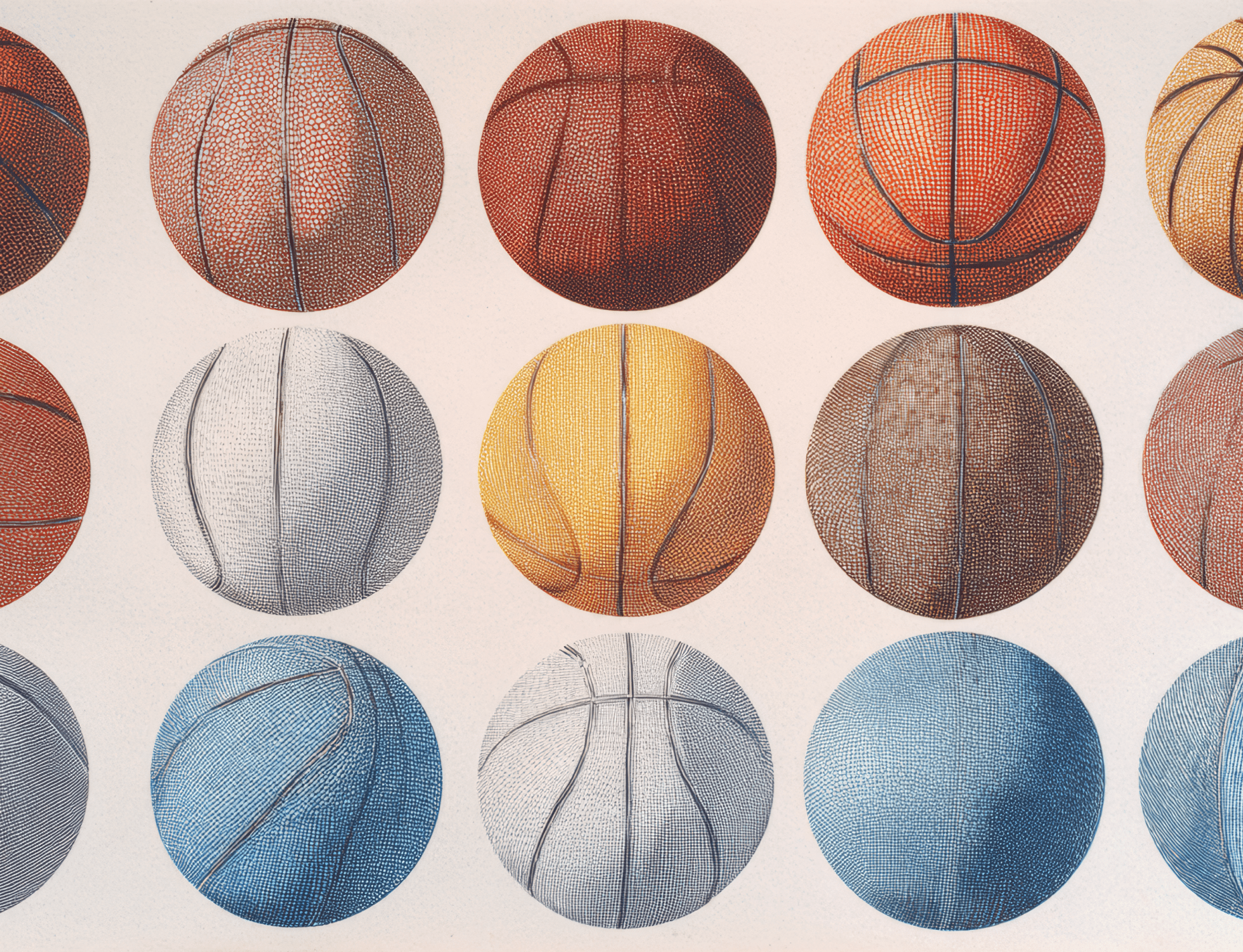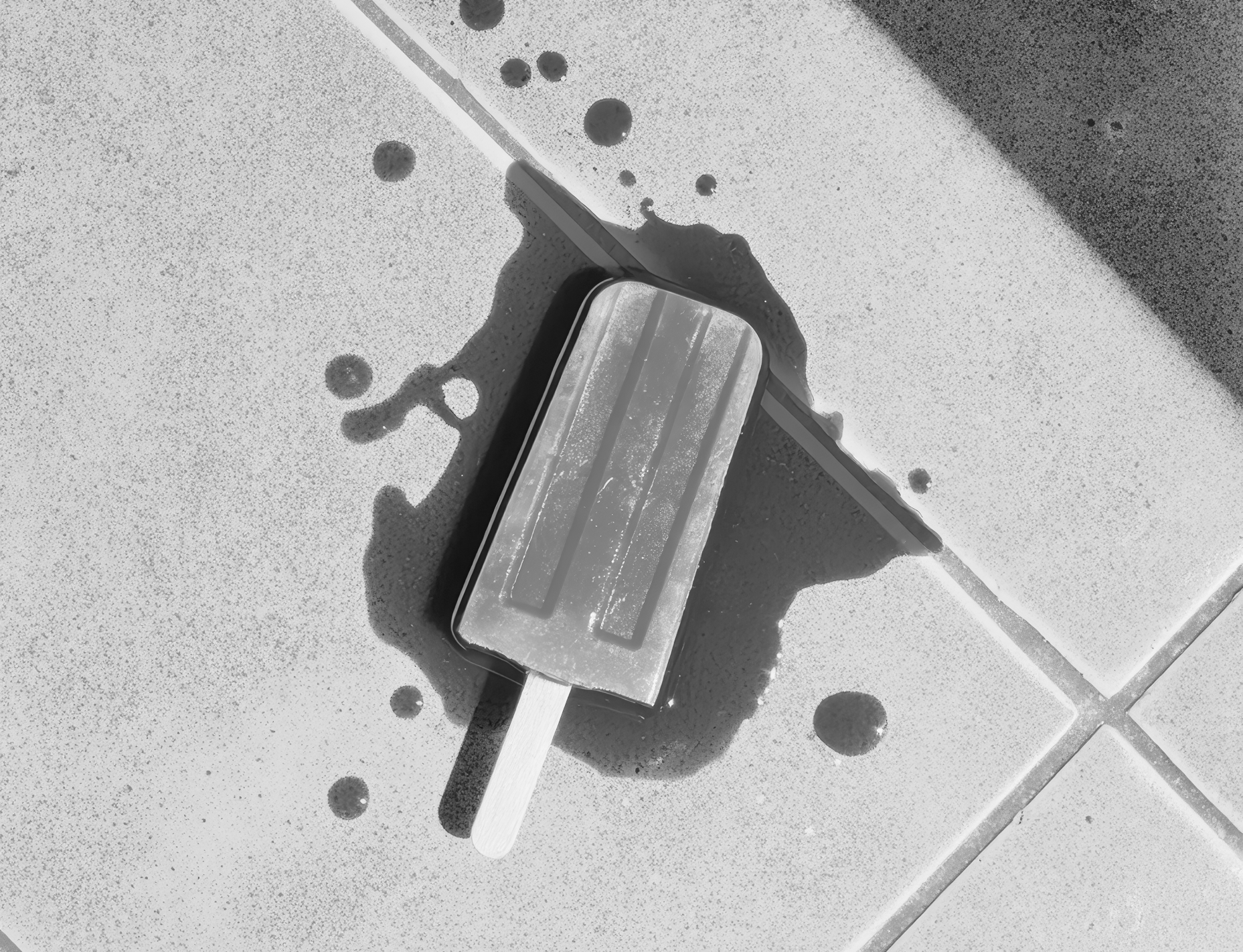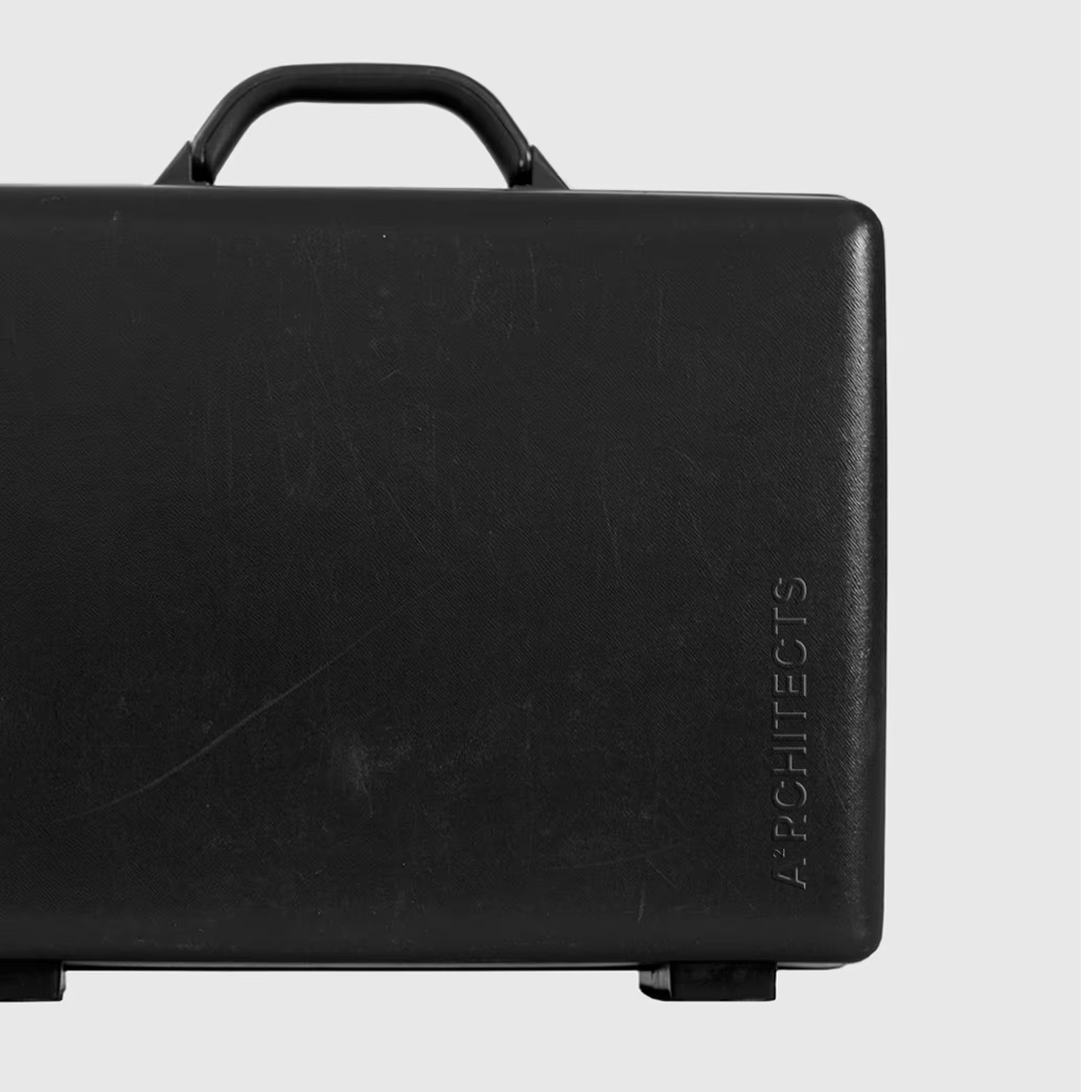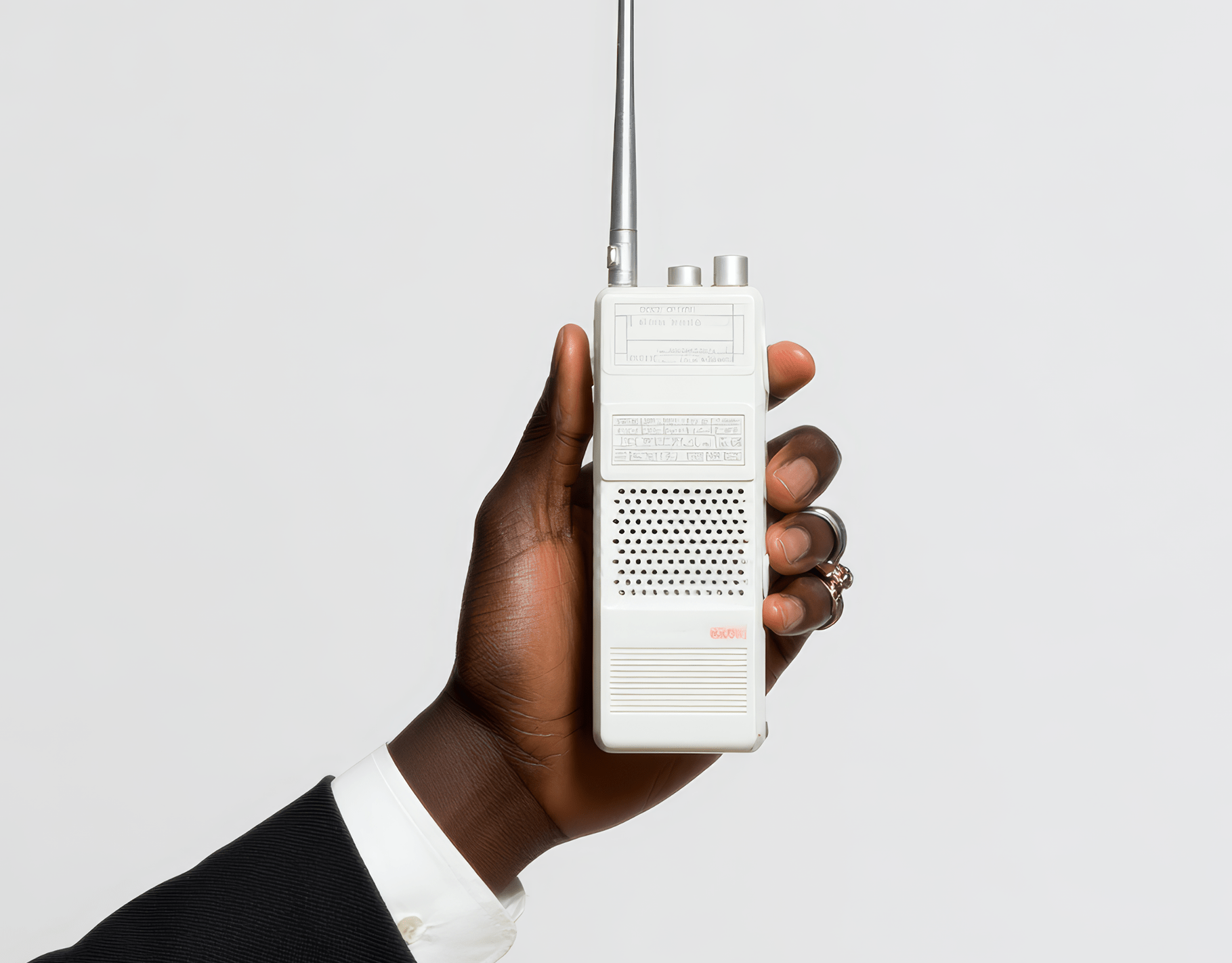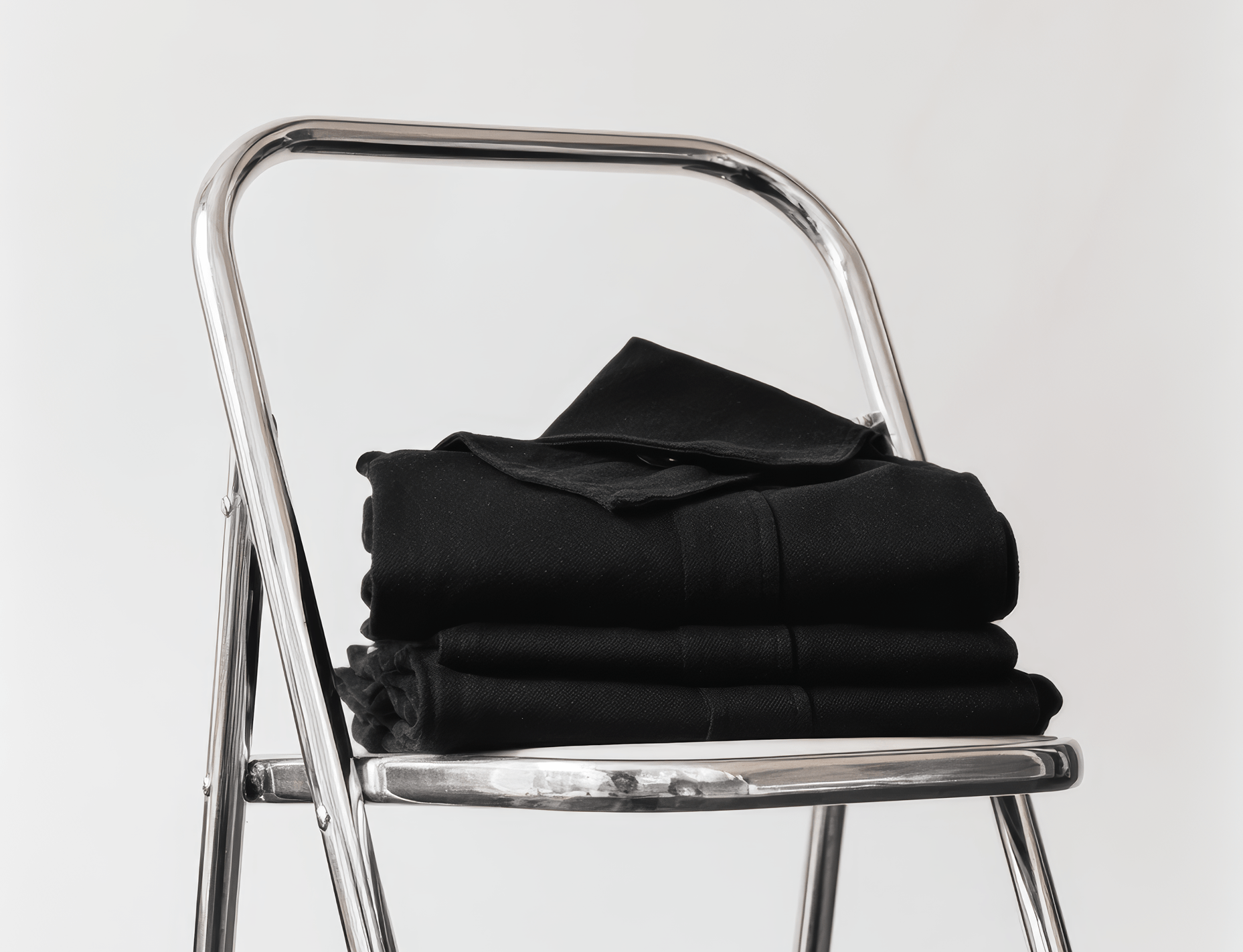We`ve been watching this pattern for years now: business owners pouring hours and hours into Canva, convinced they're saving money. They perfect their colour palette, tweak their fonts, proudly update their LinkedIn.
Then wonder why growth suddenly flatlines around year three.
The uncomfortable truth? That DIY brand you're so proud of is probably costing you more in lost opportunities than professional design would have cost upfront.
Why Small Business Growth Stalls After Three Years
Something strange happens around year three of running a business. You've survived the startup chaos, built a decent client base, maybe even hired someone. You're feeling pretty good about yourself.
Then suddenly, growth just... stops.
Jenny Henderson, a brand strategist who works with small businesses, noticed this pattern repeatedly. When you're in year 3+ of business, your DIY brand will stall your growth. It suggests to your audience that you're just starting out and are inexperienced.
DIY branding sends a message you don’t intend. A potential client lands on your site, takes one look, and thinks: if you’re not willing to invest in yourself, why should they?
How Customers Judge Professional vs DIY Branding
We recently ran an experiment. Showed 30 business owners two identical service offerings. Same price, same deliverables, same testimonials. The only difference? One had professional branding, one had DIY.
Guess which one 23 people chose?
But here's where it gets interesting. When we asked why, nobody mentioned the design. They used words like "more established," "seems more reliable," "probably has a better process." Customers will instinctively know the difference between professional and amateur when it comes to design and branding; and although you may be creative, if you're not a graphic designer or brand strategist, this will be very obvious right upfront.
Choosing a DIY logo might feel like saving costs, but it sends a signal. And that signal can say "amateur" to potential clients who discover your business.
Why Brand Consistency Builds Customer Trust
Brand consistency leads to familiarity, and familiarity leads to trust. Customers buy from brands they trust. When your visuals shift constantly, you're asking people to re-learn who you are every time they encounter you.
Most won't bother.
The Template Trap (And Why It's Getting Worse)
Canva has 100 million monthly users. That means when you grab that trendy geometric logo template, so do roughly hundreds other businesses that month. We've literally seen the same template on three different businesses last month.

Common DIY Logo Design Mistakes Business Owners Make
You're intelligent. You have good taste. You know what you like. So why does your DIY branding look like a Pinterest board exploded?
Because liking design and crafting design are completely different skills. It's like assuming you can perform surgery because you've watched every season of Grey's Anatomy.
Professional branders and designers spend years learning the psychology of visual hierarchy, the mathematics of proportional relationships, the cultural coding of color combinations. They understand that your logo doesn't need to involve six different colors, and it doesn't need to have six individual graphic elements to represent the different arms of your company. Overcomplicating your brand doesn't make you look sophisticated; it makes you look confused.
The Mirror Problem: Who Are You Really Designing For?
Here's something nobody tells you about DIY branding: you're probably designing for yourself.
We see this constantly. Entrepreneurs create brands full of their personal favorites, their aesthetic preferences, their idea of "cool."
When you create a brand that speaks only to you - one full of your personal favorites, "me, me, me" elements, and "I" copy (instead of "you") - you're immediately losing that ever-so-important level of connection.
How Visual Design Impacts Business Credibility
A Stanford study found that roughly 46% of users judge a company's credibility based on visual design.
Credibility isn’t built by adding a gradient to your logo. It’s built by using the same colours and fonts across your proposals, website, and social posts until clients instantly recognize you.
When to Invest in Professional Business Branding
The hardest part about moving beyond DIY branding isn't the investment. It's the identity shift. Admitting that your homemade efforts might be holding you back. Accepting that expertise in your field doesn't translate to expertise in design.
But here's what we've learned after watching hundreds of businesses make this transition: the relief is immediate. The moment you hand your brand to someone who actually understands visual strategy, you can finally focus on what you do best.
"Brand strategy is about zeroing in on your unique value as a business. Your value, of course, will ultimately be decided by your potential clients. They want to know if the solution you have is valuable enough to pay for." – Jenny Henderson (Brand Strategy Expert)
Next Steps
Ready to move beyond DIY? Start by auditing your current brand touchpoints. Notice where consistency breaks down. Document what feels amateur, even to you.
Then make a choice. Either commit to fixing it properly, or accept that your DIY brand is a tax on every future opportunity.
We're here to help.
FAQ
Q: How do I know if my DIY branding is actually hurting my business?
A: Look for these warning signs: Growth has plateaued after 2-3 years, you're struggling to attract clients outside your immediate network, you often have to justify your pricing, or potential clients seem hesitant despite loving your work. If you're experiencing any of these, your DIY branding might be the silent culprit.
Q: Can't I just use Canva templates and customize them to make them unique?
A: With 100 million monthly Canva users, even "customized" templates get recycled constantly. We've seen the same template used by multiple businesses at single events. Templates aren't inherently bad, but they signal to potential clients that you're taking shortcuts, which makes them wonder where else you might cut corners.
Q: I know design and have good taste. So why can’t I brand my own business?
A: Liking design and creating design are completely different skills. Professional branders spend years learning visual hierarchy, color psychology, and strategic positioning. Plus, you're too close to your own business to see it objectively. You'll likely create a brand that appeals to you, not your ideal clients.

